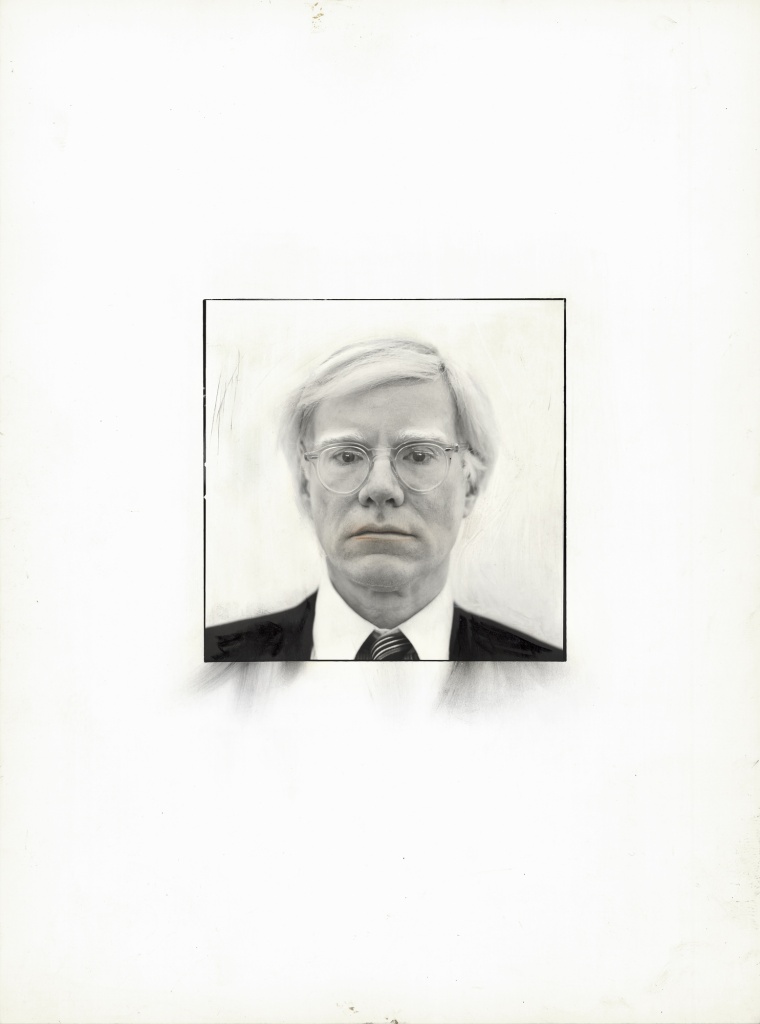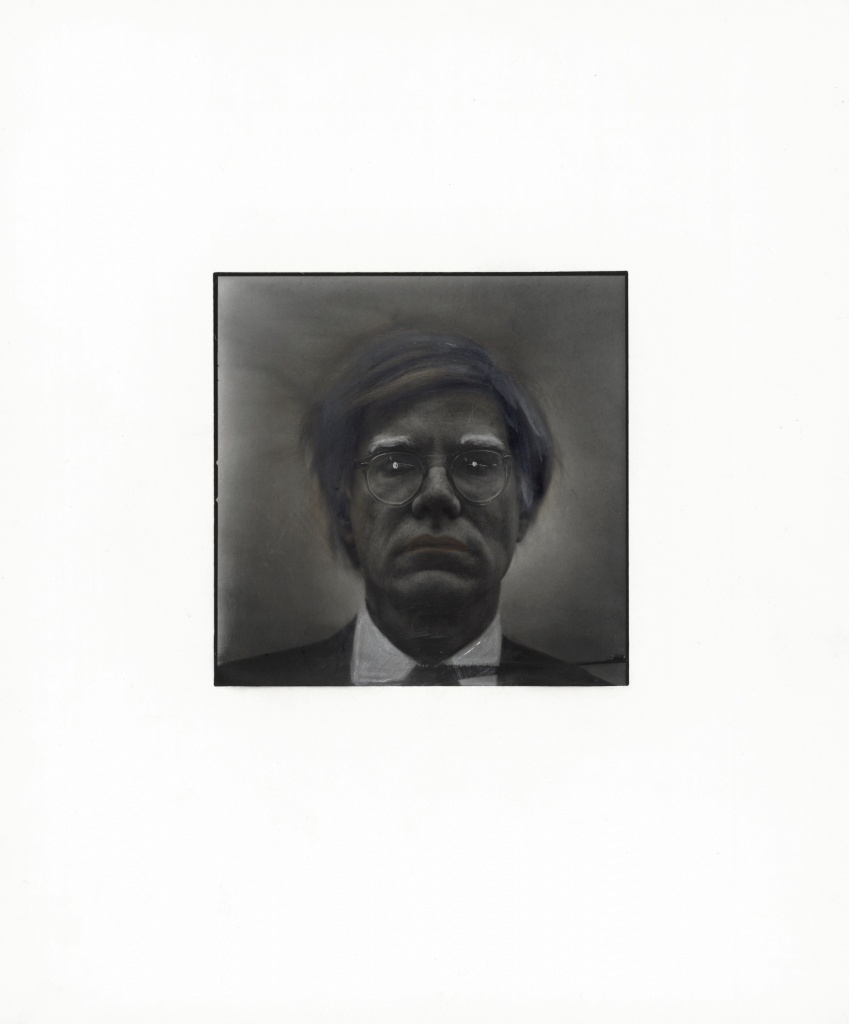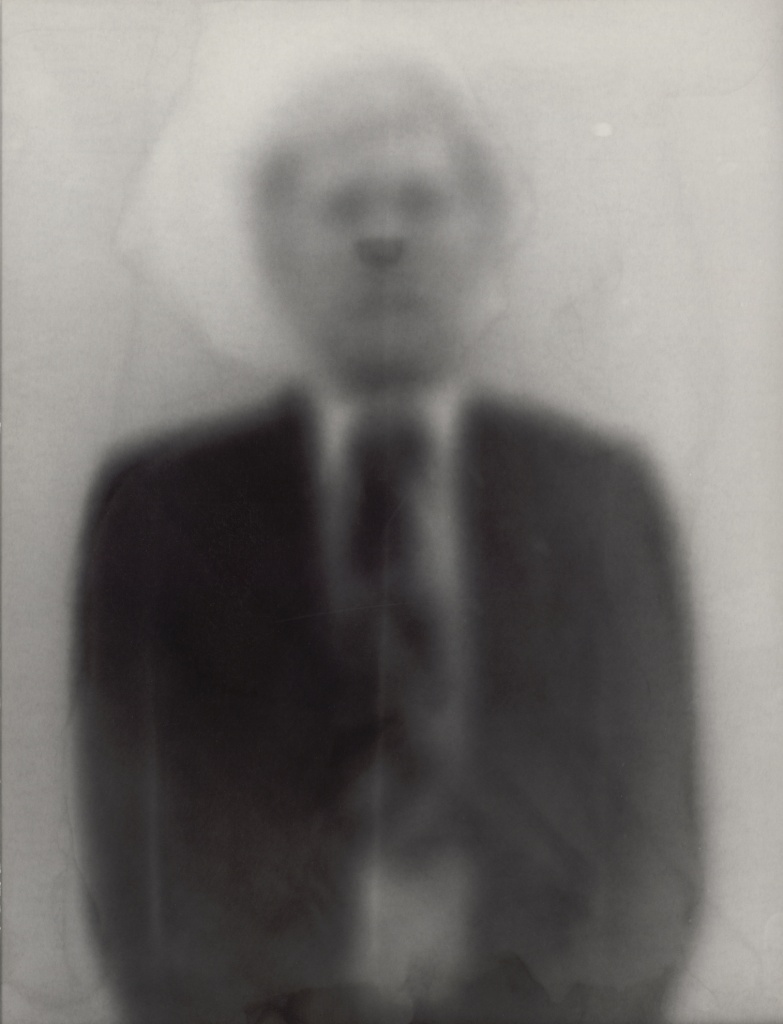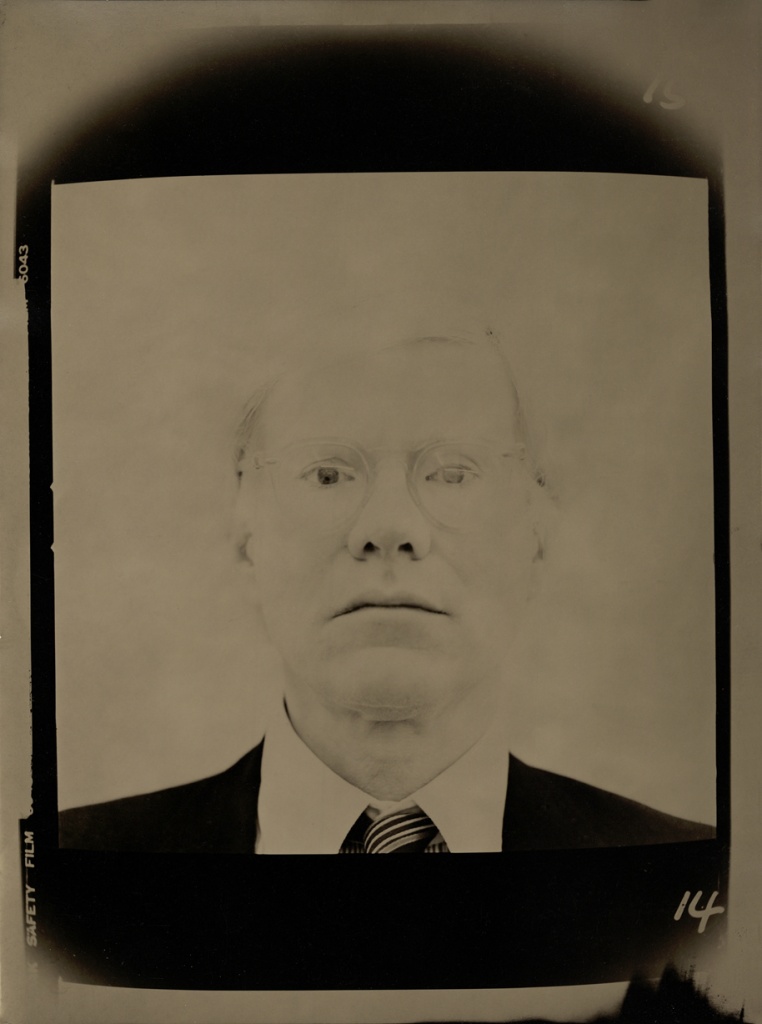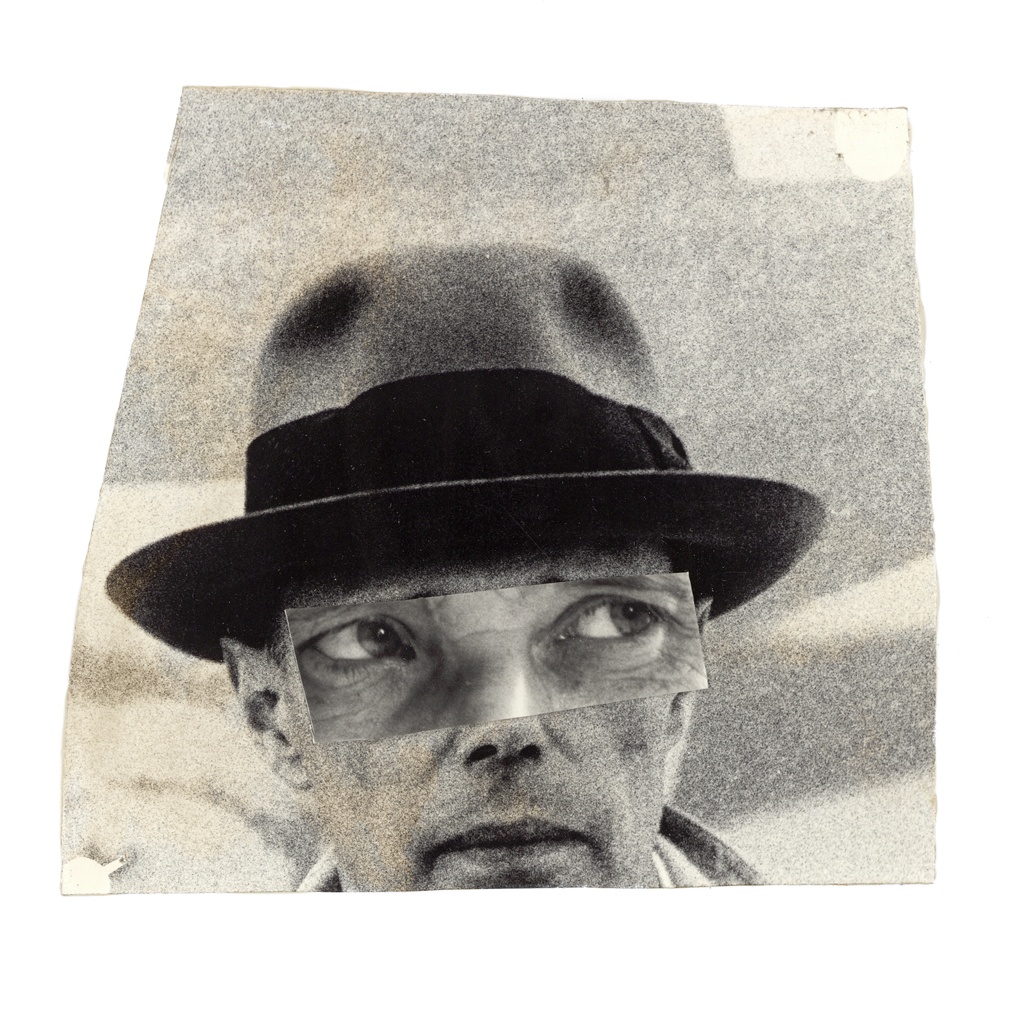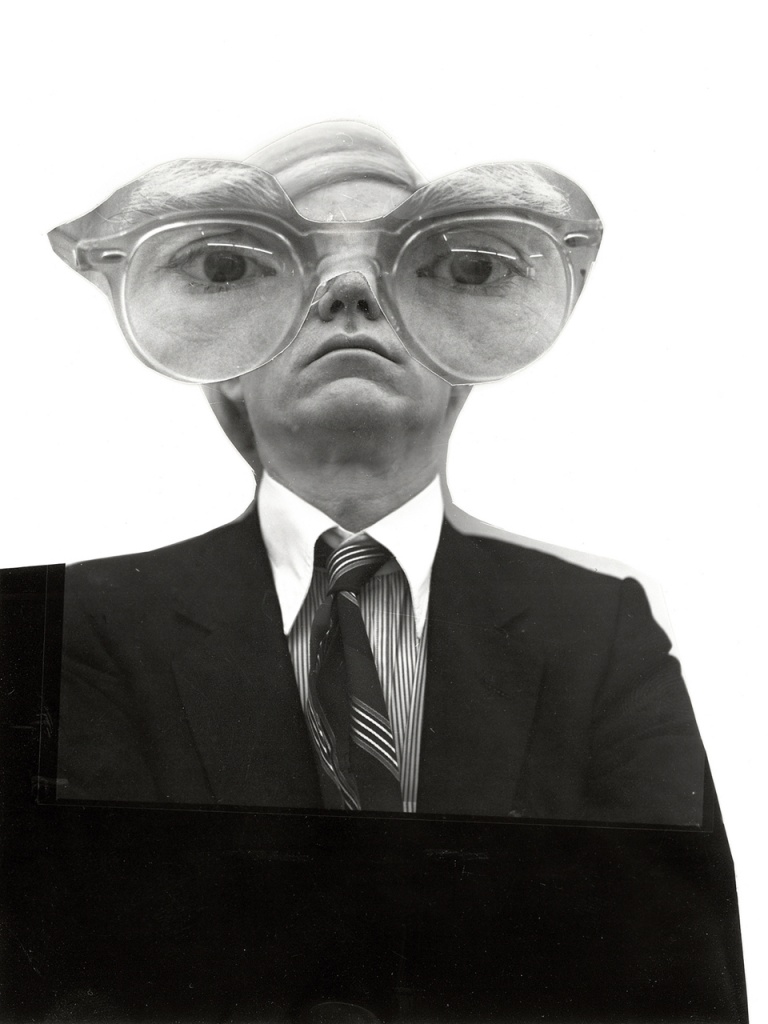Beuys + Warhol transform
Andy Warhol had been one of the titans of art for me since I lived in New York in the Sixties. I still vividly remember the day of the assassination attempt on him, in June 1968. The perpetrator was sent to a psychiatric ward, Warhol barely survived and spent two months in hospital. After that his paintings became even more expensive – which no doubt filled him with glee. But for the rest of his life he struggled to deal with the fear and pain. He is said to have confessed to a friend, “I’m very afraid of being happy because, after all, it never lasts.” He is also said to have felt physically unlovable, yet many of his friends and admirers would have died for him.
Beuys’ art – the VW bus with the sleds behind it, all the grease corners and felt rolls – didn’t move me greatly, but I admire him very much for his courage, his consistency, his rebelliousness, and also his audacity. To be driven to the airport by ambulance, to fly to New York and be locked up there for three days and nights with a coyote, with the whole world witnessing it – I was deeply impressed.
Beuys preached non-consumerism and condemned the fetishization of money. For Warhol, the commercial value of his work could not be separated from the art: “I started out as a commercial artist and I want to finish as a business artist,” he is said to have once said.
A few months after the vernissage in Munich, I visited Warhol in his Factory in New York and brought him some of my overpainted portraits. He was thrilled. His first comment was, “You have got to sell them!” Then he called his gallery, Sonabend, to make an appointment for me there.
Beuys and Warhol each revolutionized the concept of art in their own way. Beuys with his concept of “social sculpture” and the idea that everyone was an artist. Warhol, by using the means of Pop Art to make everyone and everything “artable”– from a dollar bill to the dictator Mao or a fatal traffic accident: “everything is pretty.” Behind this lies the same claim to absolute truth. Both frequently balanced on the edge of buffoonery, but it is their radicalism that makes them groundbreaking artists.
The two men appear to have appreciated each other. Warhol created Beuys portraits with diamond dust. And when Beuys was once asked his opinion of Warhol, he is said to have replied that he loved him too much to analyze him.
I think we are all in the same boat and in need of love. In the beginning and in the end, we are all the same. But what do we know about Beuys and Warhol?
Excerpt from Walter Schels: Andy Warhol – Joseph Beuys
bestellen

